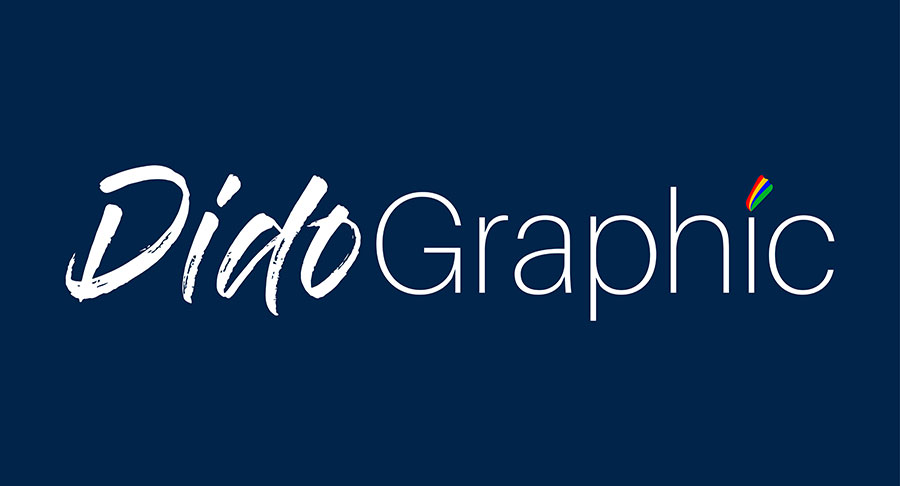A Detailed Overview Of 3D Scanning Technology
3D scanning technology is an exciting and rapidly evolving field. There are many different types of 3D scanners available on the market, each with its own advantages and disadvantages. This blog post will give a detailed overview of three of the most popular 3D scanning technologies: laser scanning, structured light scanning, and photogrammetry.
3D Scanning1. What is 3D Scanning?
It is the process of using advanced technologies to create a three-dimensional representation of an object. This data can then be used to create a physical model of the object using a 3D printer or other manufacturing processes. 3D scanning can be used to create a detailed replica of just about any object, including people. 3D scanning technology is often used in the medical field to create accurate models of body parts, which can be used for surgical planning or prosthetic creation. It is also used extensively in the automotive and aerospace industries for prototyping and quality control.
There are a variety of ways to capture data for 3D scannings, such as using laser scanners, structured light scanners, or coordinate measuring machines. Each method has its own advantages and disadvantages, and the choice of which method to use will depend on the specific application. Once the data is captured, it can be processed to create various outputs, such as a 3D point cloud, a polygon mesh, or a CAD model.
Laser scanners
Laser scanners are devices that emit a laser beam and measure the reflected light to create a three-dimensional image of an object or environment. They are used in a variety of applications, such as 3D printing, surveying, and industrial inspection. Laser scanners work by projecting a laser beam onto an object or surface and measuring the reflected light. The data collected is used to create a three-dimensional image of the object or environment. Laser scanners are used in a variety of applications, such as 3D printing, surveying, and industrial inspection. They are also used for research purposes, such as studying the surface of Mars. Laser scanners are becoming increasingly popular as they offer fast and accurate results.
Do you Know How to Avoid the Top 3 Mistakes When Using a Laser Scanner
Structured light scanners
Structured light scanners are a type of 3D scanner used to create 3D models of objects. They work by projecting a pattern of light onto an object and then measuring the deformation of the pattern. This information is then used to create a 3D model of the object. Structured light scanners are used in a variety of applications, including industrial design, reverse engineering, and quality control. They are also used in medical and scientific research. There are a variety of different types of structured light scanners on the market. Some of the most popular brands include the Faro 3D scanner and the Artec 3D scanner.
Coordinate measuring machines
Coordinate measuring machines (CMMs) are highly precise tools used to measure the physical dimensions of objects. They are commonly used in manufacturing and quality control applications to ensure that products meet specifications. CMMs come in a variety of sizes and configurations and can be operated manually or with computer numerical control (CNC). CNC CMMs are programmed to follow a specific measuring routine and can be used to measure complex shapes or large numbers of parts with high accuracy. Manual CMMs are typically smaller and easier to use than CNC machines and are well suited for measuring smaller parts or for taking occasional measurements.
Continue Reading >>> A Detailed Overview Of 3D Scanning Technology


Comments
Post a Comment